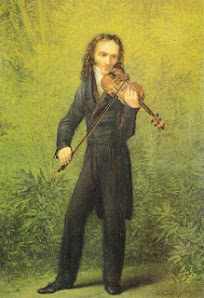The complete catalog of Johann Sebastian Bach's works includes a total of 1128 pieces. At least that number is what is recorded in the recognized catalog with the acronym BWV accompanying the mention of each of his works. We know the German master, except for opera, was lavished in all genres. Therefore, it is striking that in a genre such as the orchestral suite, very fashionable for the time (Telemann, the most famous composer of his time in Germany, wrote at least 130), Bach wrote only four pieces in his entire life.
Originating in the short pieces with which Jean-Baptiste Lully used to prologue his operas and ballets, the suite, also called overture, consisted of a succession of French-named dances that followed the overture proper. As already mentioned, its popularity was high, a result of the fascination with French culture and music in Germany and other European countries during the 16th and 17th centuries – a simple and austere way of imitating the glamour of the French court.
"Light" music
Of course, it is music that can be described as "light", for which Bach was not particularly inclined, and hence his meager output. The suites were the pleasant side of pure music, how the nobility entertained themselves and had a good time. The master, on the other hand, preferred to write ecclesiastical music, or music that at least included the challenge of capturing in it a challenging fugue.
Orchestral Suite No 2, in B minor, BWV 1067
The suites' instrumentation varied greatly depending on the musical ensemble (the Collegium Musicum) to which Bach might have had access. Suite No. 2 was probably written in Leipzig, around 1720, and there the master could count on the assistance of a transverse flute to which he entrusted a short fugue section in the overture.
The overture is followed by a rondo, and then the aforementioned French-named sections, although their origin may be different. The polonaise, by the way, is of Polish origin, and the sarabande, Spanish or rather from the New World.
The work closes with a playful and joyful badinerie, especially suitable for the flutist to show off. Together with the "aria" from Suite No. 3, it is one of Bach's most famous pieces and the movement to which the work owes its popularity.
Movements or Sections:
00:00 Overture
06:38 Rondeau
08:15 Sarabande
11:04 Bourrée (1 and 2)
12:50 Polonaise
14:05 Double
16:03 Menuet
17:09 Badinerie
The performance is by the German ensemble Berlin Baroque Soloists. Flute soloist: Emmanuel Pahud.








